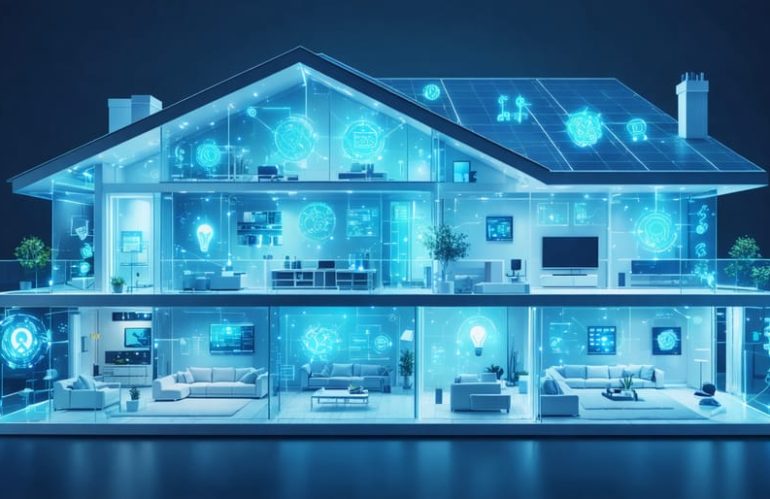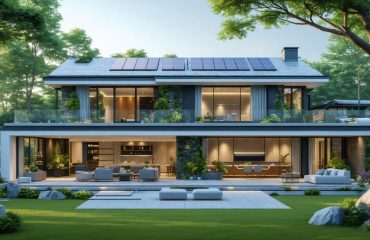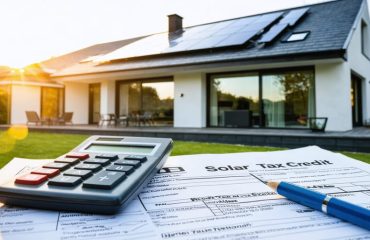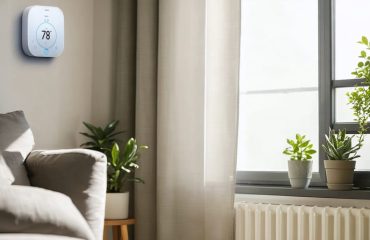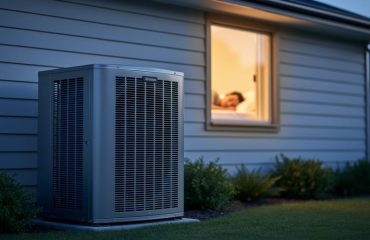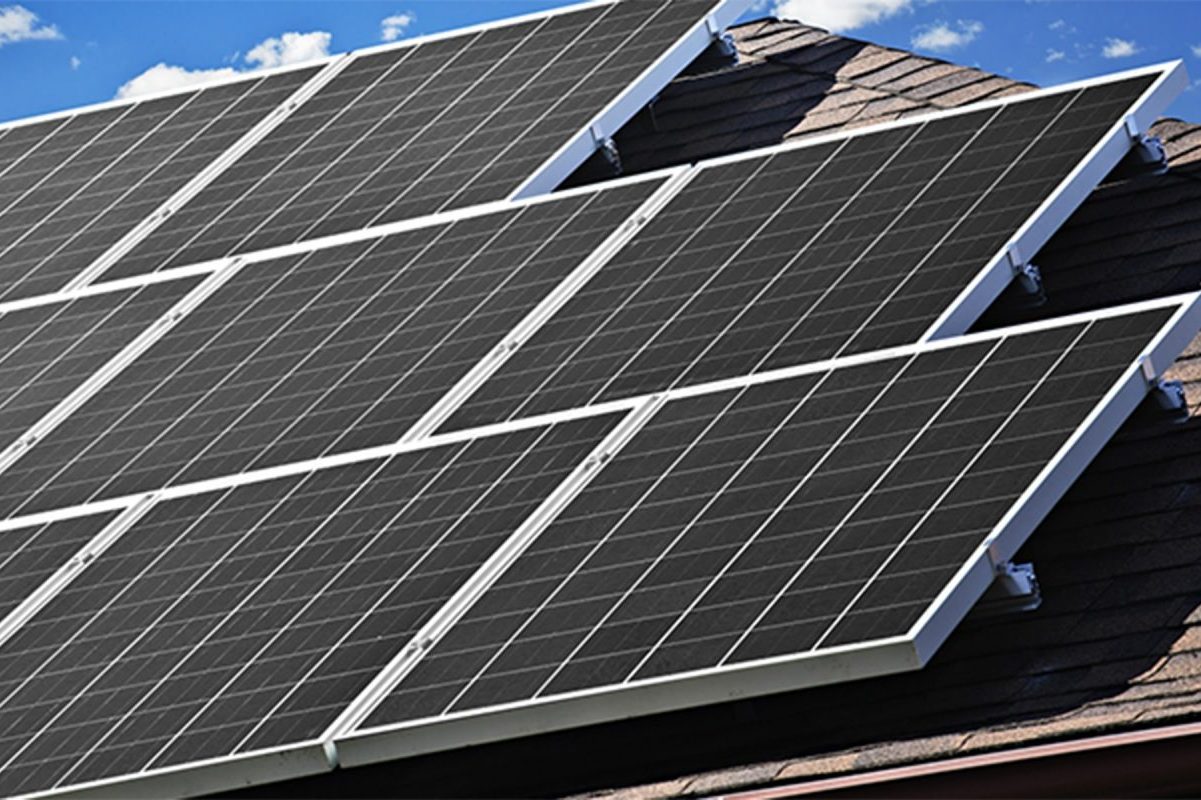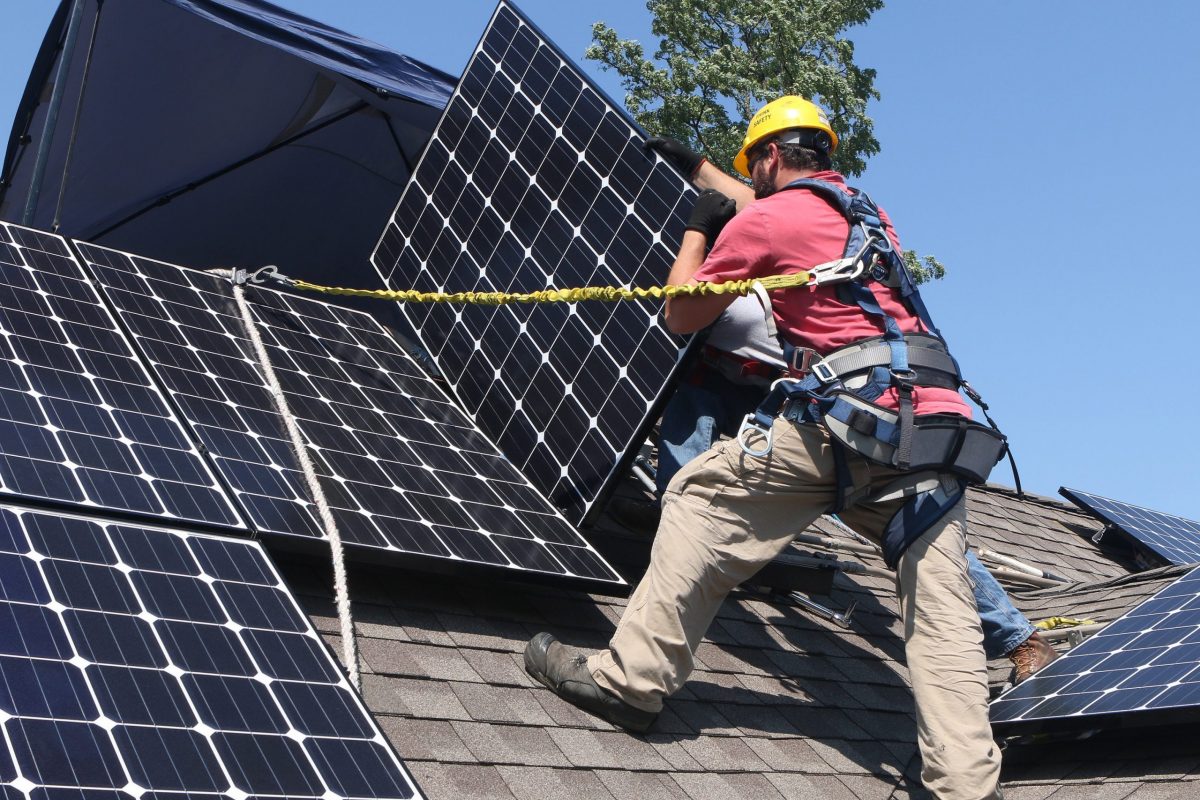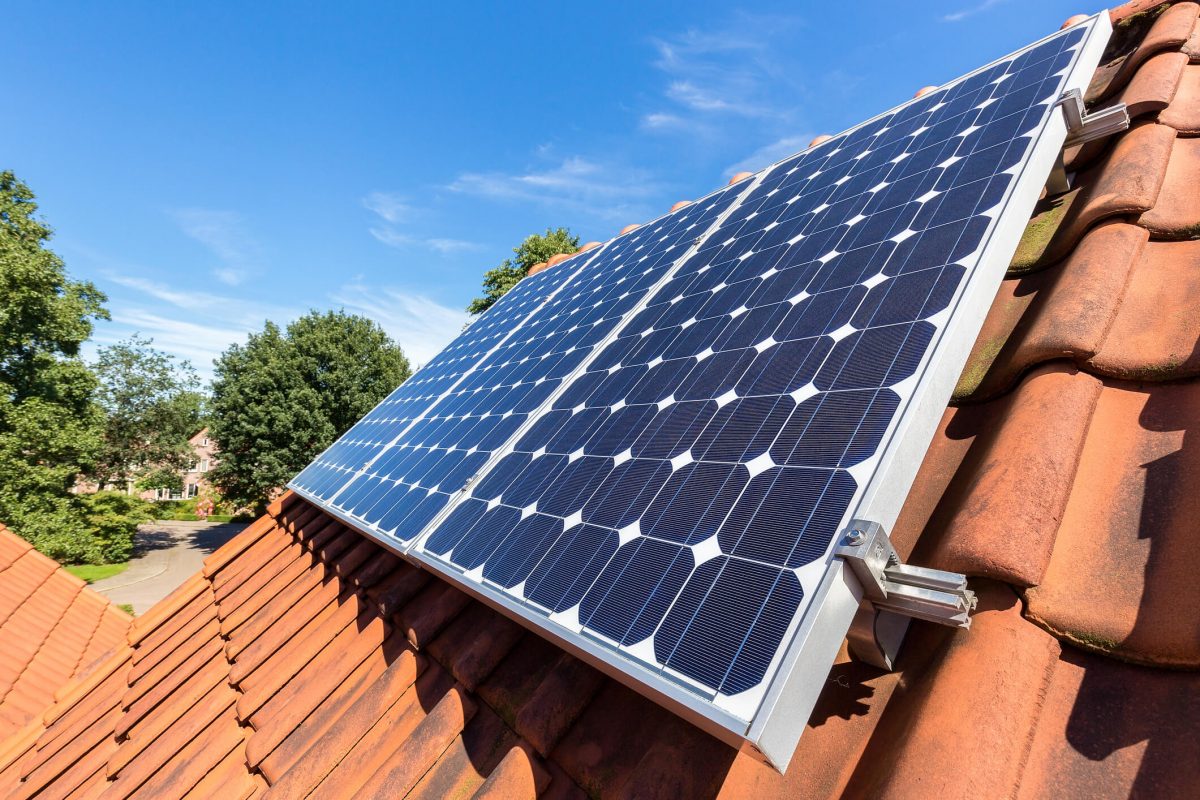Transform your home into an energy-efficient powerhouse by integrating smart thermostats, automated lighting systems, and intelligent power management solutions that deliver substantial smart home energy savings. Modern home automation technology now enables precise control over energy consumption, reducing waste and cutting utility bills by up to 30% annually.
Smart home improvements represent the intersection of comfort, sustainability, and financial wisdom. By upgrading to connected appliances, installing energy monitoring systems, and implementing automated climate controls, homeowners gain unprecedented insight into their energy usage patterns while maintaining optimal comfort levels. These improvements not only enhance daily living but also increase property value and position homes for future energy requirements.
The rise of affordable smart home technology has democratized energy efficiency, making it possible for average homeowners to achieve professional-grade energy management. From smartphone-controlled LED lighting to AI-powered HVAC optimization, today’s solutions offer seamless integration with existing home systems while providing real-time consumption data and automated energy-saving adjustments.
The Core Components of a Smart Energy Home
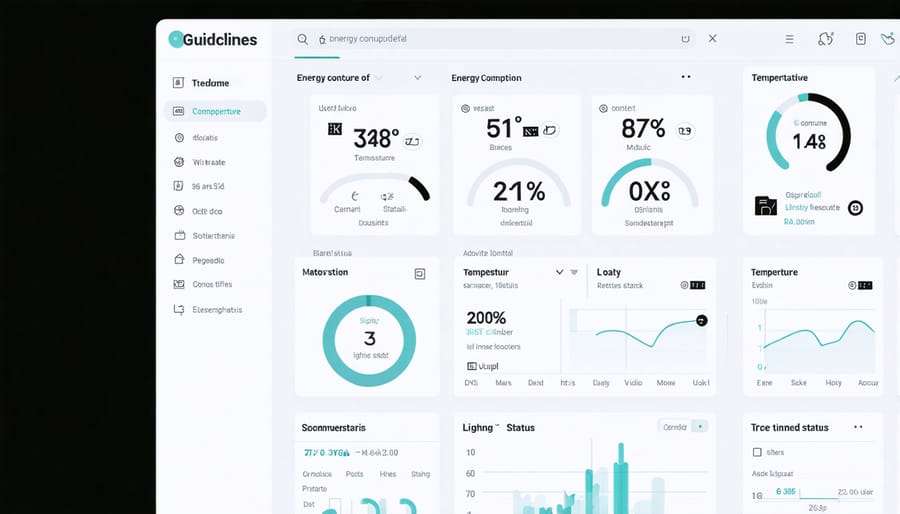
Smart Thermostats and Climate Control
Smart thermostats represent one of the most impactful upgrades you can make to your home’s energy management system. These intelligent devices learn your temperature preferences and daily routines, automatically adjusting your home’s climate for optimal comfort and efficiency. Unlike traditional thermostats, smart models can be controlled remotely through smartphone apps, allowing you to adjust settings even when you’re away.
The energy savings are substantial – most households report a 10-15% reduction in heating and cooling costs after installation. These devices integrate seamlessly with other smart home systems, creating a synchronized approach to energy management. For example, they can work with smart blinds to maximize natural heating and cooling, or coordinate with occupancy sensors to adjust temperatures in unused rooms.
Many smart thermostats provide detailed energy reports, helping you understand your usage patterns and identify additional saving opportunities. They can even remind you about maintenance tasks like filter changes and alert you to potential HVAC issues before they become major problems. With features like geofencing, which adjusts temperatures based on your location, and weather-responsive programming, these devices consistently optimize your home’s climate while minimizing energy waste.
Automated Lighting Systems
Automated lighting systems represent one of the smartest investments you can make in your home’s energy efficiency. These systems combine motion sensors, timers, and smartphone controls to ensure lights are only on when needed. Modern smart bulbs use LED technology, consuming up to 90% less energy than traditional incandescent bulbs while lasting 15-25 times longer.
Installing smart lighting can reduce your lighting energy costs by 50-70%. Motion sensors automatically turn lights off in unoccupied rooms, while dimming features allow you to adjust brightness based on natural light availability. Many systems also offer scheduling capabilities, ensuring outdoor lights only operate from dusk till dawn.
Integration with smart home hubs allows you to control your entire home’s lighting from your phone, even when you’re away. You can create customized scenes for different activities, check which lights are on, and receive alerts about energy usage. Some systems even learn your habits over time, automatically adjusting to optimize energy savings while maintaining comfort.
Smart Appliance Integration
Modern smart appliances are revolutionizing home energy management through advanced connectivity and intelligent features. Energy Star certified smart appliances, such as refrigerators, washers, and dishwashers, can automatically adjust their operation during peak electricity hours to reduce energy consumption and costs. These appliances connect to your home’s Wi-Fi network, allowing you to monitor and control them through smartphone apps.
Smart thermostats learn your schedule and preferences, optimizing heating and cooling cycles for maximum efficiency. Connected ovens can be preheated remotely, while smart washing machines calculate the precise amount of water and detergent needed for each load. Many of these appliances also send maintenance alerts and energy usage reports, helping you make informed decisions about your consumption patterns.
The initial investment in smart appliances typically pays for itself through reduced utility bills and extended appliance lifespan. Plus, many utility companies offer rebates and incentives for installing energy-efficient smart appliances, making the upgrade even more attractive for budget-conscious homeowners.
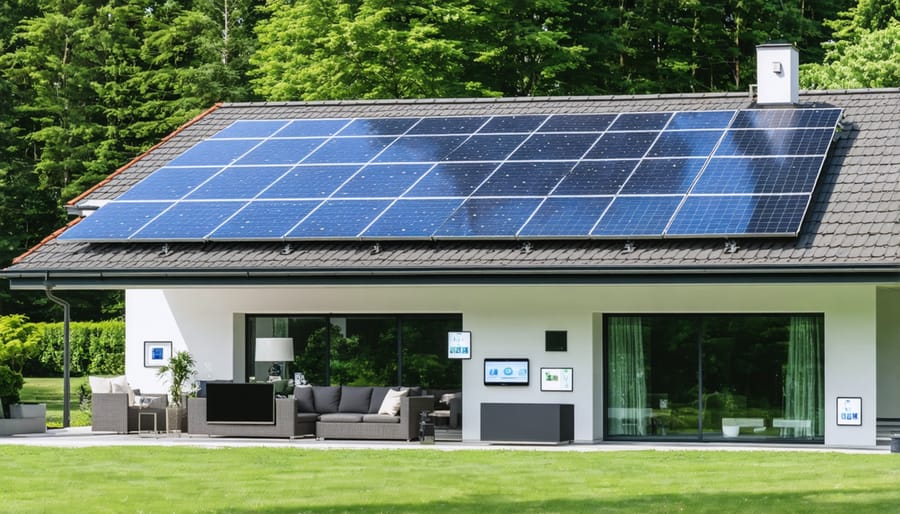
Solar Integration with Smart Home Systems
Real-Time Energy Monitoring
Real-time energy monitoring puts you in control of your home’s energy usage, giving you instant insights into where and when energy is being consumed. Modern smart home systems allow you to track your energy consumption through user-friendly apps and dashboards, making it easier than ever to understand your home’s energy patterns.
These monitoring systems typically connect to your home’s electrical panel and individual smart devices, providing detailed breakdowns of energy usage by appliance, room, or time of day. You can see exactly how much electricity your air conditioner uses during peak hours or how your solar panels perform throughout the day.
The real value comes from the actionable data these systems provide. You might discover that your old refrigerator is consuming far more energy than you realized, or that running your dishwasher during off-peak hours could significantly reduce your electricity bills. Many systems also send alerts when unusual energy spikes occur, helping you identify potential issues before they become costly problems.
For homes with solar panels or other renewable energy sources, real-time monitoring becomes even more valuable. You can track both energy production and consumption, helping you optimize your usage to maximize the benefits of your renewable energy investment. Some systems even provide weather forecasts to help you plan your energy usage around expected solar production.
The data collected over time creates patterns that help you make informed decisions about energy usage and future home improvements. Many homeowners report saving 10-30% on their energy bills simply by making adjustments based on their monitoring insights.
Optimizing Solar Power Usage
Solar power systems become truly efficient when paired with smart technology and thoughtful usage strategies. To maximize your solar investment, start by installing a smart monitoring system that tracks your energy production and consumption in real-time. These systems provide valuable insights through user-friendly apps, helping you optimize energy consumption timing and make the most of your solar generation.
Consider implementing smart appliance scheduling to align with peak solar production hours, typically between 10 AM and 4 PM. Running your dishwasher, washing machine, or charging electric vehicles during these hours ensures you’re using solar power directly rather than drawing from the grid.
Battery storage systems add another layer of optimization by storing excess daytime energy for evening use. Smart batteries can automatically decide when to store power and when to release it based on your household’s consumption patterns and utility rates.
Smart inverters play a crucial role by adjusting power output based on grid conditions and home energy demands. These devices also provide detailed performance data, helping you identify and address any efficiency issues quickly.
Zone-based smart thermostats can further enhance solar efficiency by automatically adjusting heating and cooling needs based on solar production. During peak generation hours, these systems can pre-cool or pre-heat your home, reducing energy needs during less productive periods.
Regular system maintenance through smart monitoring ensures optimal performance. Automated alerts can notify you of potential issues, such as dirty panels or efficiency drops, allowing for prompt maintenance that keeps your system operating at peak efficiency.
Setting Up Your Smart Energy System
Getting Started: Essential Equipment
Before diving into your energy-smart home transformation, gathering the right equipment is essential. Start with a smart thermostat, which serves as the foundation of your energy management system. These devices learn your preferences and automatically adjust temperature settings for optimal efficiency.
Next, consider smart LED bulbs or switches. These energy-efficient alternatives use up to 75% less energy than traditional bulbs and can be controlled remotely. A smart power strip is another crucial component, helping eliminate “phantom” energy usage from devices in standby mode.
To monitor your home’s energy consumption effectively, invest in a home energy monitor. This device connects to your electrical panel and provides real-time data about your energy usage through a smartphone app.
For comprehensive control, a smart home hub acts as the central command center, allowing you to manage all your devices from one interface. Popular options include Amazon Alexa, Google Home, or Apple HomeKit.
Additional equipment to consider includes:
– Smart window coverings for natural light management
– Door and window sensors to detect energy waste
– Smart water meters to track consumption
– Weather stations for climate-responsive automation
– Motion sensors for automated lighting control
Remember, you don’t need to purchase everything at once. Start with basic components and gradually expand your system as your needs and budget allow.
Integration and Automation Tips
Creating a seamlessly integrated smart home energy system starts with choosing compatible devices and a central hub that can communicate with all your components. Popular platforms like SmartThings, Apple HomeKit, or Google Home can serve as your primary control center, allowing you to manage multiple devices through a single interface.
Begin by connecting your smart thermostat to your home’s WiFi network and downloading its companion app. Next, integrate your smart lighting system, ensuring all bulbs and switches are on the same network. Many modern appliances now come with built-in WiFi capabilities – take advantage of these features by adding them to your home network and linking them to your central hub.
Set up automation routines to maximize energy efficiency. For example, program your thermostat to adjust temperatures based on occupancy sensors, or schedule your water heater to operate during off-peak hours. Create morning and evening routines that automatically manage lighting, heating, and appliance usage based on your daily schedule.
Consider using smart plugs to monitor and control the energy consumption of older appliances. These affordable devices can turn any standard appliance into a smart one, allowing you to track power usage and set automatic shutoff times.
For optimal performance, place your WiFi router in a central location and consider using mesh network extenders if you have a larger home. This ensures all your smart devices maintain stable connections and respond promptly to commands.
Real Cost Benefits and ROI
Monthly Savings Breakdown
Understanding the potential savings from energy-smart home improvements can help you make informed decisions about your investments. By implementing a comprehensive smart home energy system, you can reduce monthly energy costs by 20-30% on average.
Let’s break down the typical savings:
• Smart thermostats can save $100-200 annually through automated temperature control
• LED smart lighting systems typically reduce lighting costs by $75-100 per year
• Smart power strips eliminate phantom energy usage, saving $50-100 annually
• Automated window treatments can reduce heating and cooling costs by $100-150 yearly
• Smart water heater controllers can cut water heating expenses by $100-150 per year
Additional savings come from:
• Reduced maintenance costs through early problem detection
• Extended appliance life through optimized usage patterns
• Lower insurance premiums (many providers offer smart home discounts)
• Potential tax incentives and utility rebates
While initial investment costs vary, most homeowners recover their expenses within 2-3 years through these combined savings. The best part? These improvements continue to generate savings year after year while increasing your home’s value and comfort level.
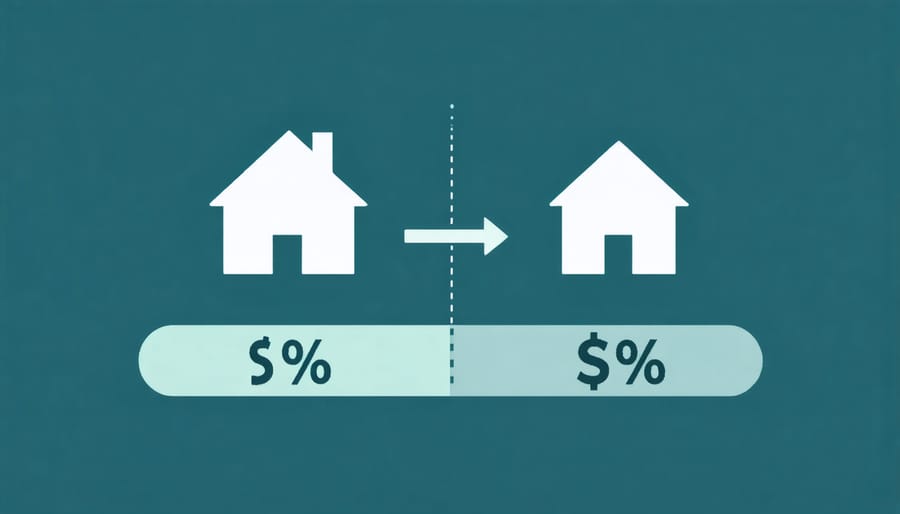
Long-Term Financial Benefits
Investing in energy-smart home improvements delivers substantial financial returns that extend far beyond monthly utility savings. Homeowners typically see a 5-15% increase in their property value after implementing comprehensive energy-efficient upgrades. This boost in home value is particularly significant as more buyers prioritize sustainable features in their home searches.
The return on investment becomes even more impressive over time. While the initial costs might seem substantial, many energy-smart improvements pay for themselves within 3-7 years through reduced utility bills. Solar panel installations, for instance, can provide returns of $20,000 or more over their lifetime, while smart HVAC systems can cut heating and cooling costs by up to 30% annually.
These improvements also offer protection against rising energy costs. As utility rates continue to climb, homes with energy-smart features become increasingly valuable. Many homeowners report that their energy-efficient upgrades have reduced their monthly bills by 40-50%, providing significant savings that compound over time.
Additionally, various tax incentives, rebates, and financing options can help offset initial costs, making these improvements even more financially attractive. Some utility companies offer special rates for homes with smart energy management systems, further enhancing the long-term financial benefits.
Making your home energy-smart is not just about embracing new technology – it’s about creating a more comfortable, efficient, and sustainable living space while reducing your environmental impact and monthly bills. By implementing the solutions we’ve discussed, from smart thermostats and LED lighting to improved insulation and energy monitoring systems, you can transform your home into an energy-efficient sanctuary.
Remember that every small change counts. You don’t need to implement all improvements at once; start with the most impactful or cost-effective solutions for your situation. Many utility companies offer rebates and incentives for energy-smart upgrades, making these improvements more affordable than you might think.
The future of home energy management is here, and the benefits are clear: lower utility bills, increased home value, improved comfort, and a reduced carbon footprint. Take the first step today by assessing your home’s current energy usage and identifying areas for improvement. With careful planning and strategic investments, you can create an energy-smart home that serves you well for years to come while contributing to a more sustainable future.

